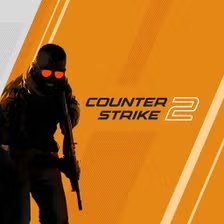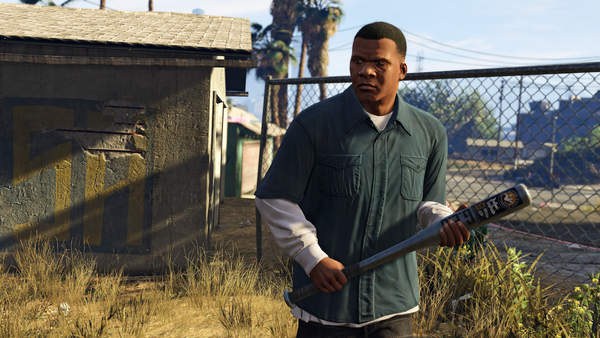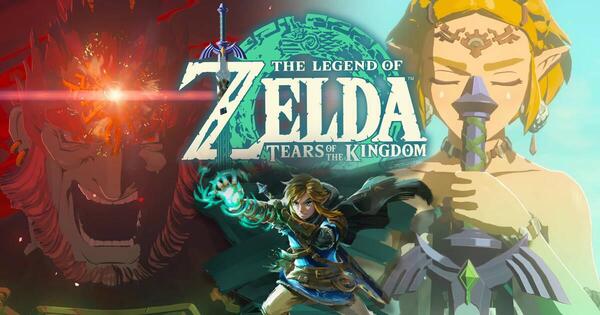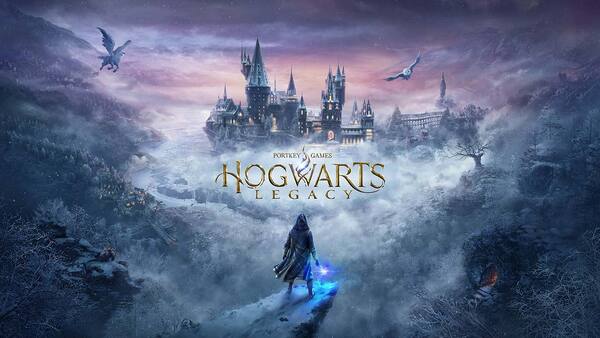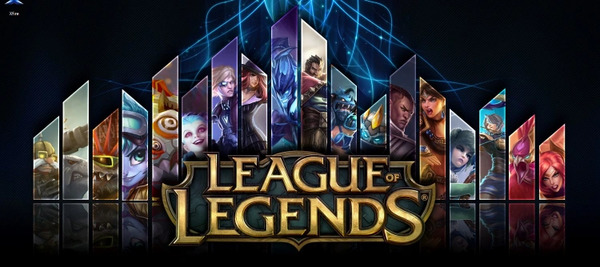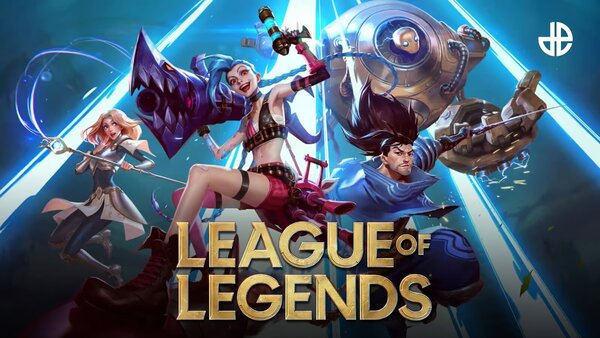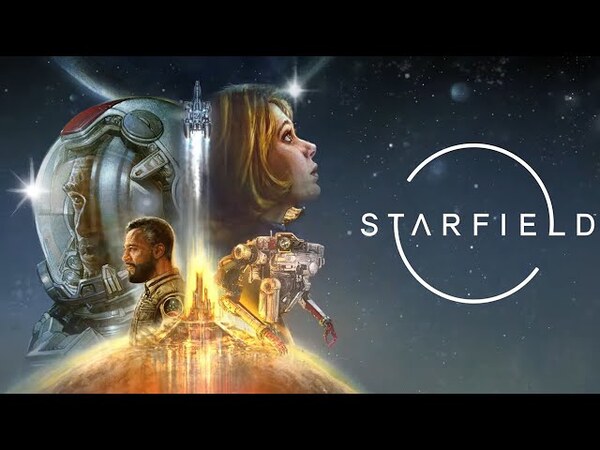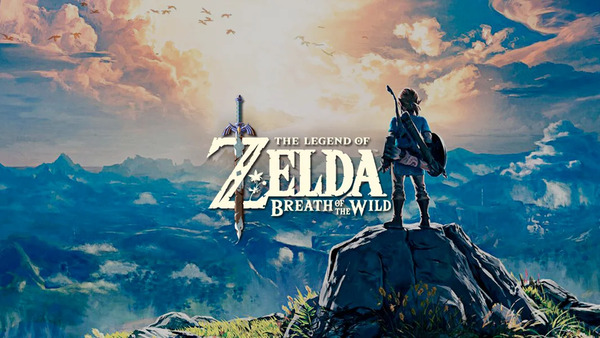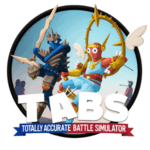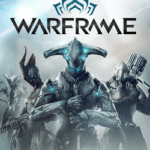Valorant is Riot Games’ first major entry into the first-person shooter genre, a bold and strategic pivot from its MOBA hit League of Legends. Officially launched in June 2020 after a record-breaking closed beta, Valorant took the best elements of tactical shooters like Counter-Strike and infused them with hero-based mechanics reminiscent of Overwatch. The result is a hybrid FPS that demands both mechanical skill and strategic teamplay, offering a high skill ceiling that rewards players willing to master its unique blend of shooting precision and ability usage.
Since its release, Valorant has steadily evolved into a staple of modern esports and competitive gaming. With regular updates, agent releases, map rotations, and a thriving professional scene, Riot has successfully crafted a long-lasting competitive title. This article breaks down Valorant’s evolution, core gameplay, design philosophy, pros and cons, and where it stands in the global FPS ecosystem.
1. The Origins and Closed Beta Explosion
Valorant’s development began under the codename Project A, a secret FPS project Riot revealed in 2019. By March 2020, a closed beta was launched, immediately attracting attention from major streamers and professional Counter-Strike players. Riot Games’ reputation for competitive design and commitment to servers with 128-tick rate and anti-cheat security drew players in droves.
The beta period was a massive success. Valorant’s Twitch viewership broke records, in part due to the invite-only access via “watch drops.” Players were intrigued by the blend of tactical gameplay and hero powers, as well as the game’s fast-paced yet highly strategic format. The hype built a solid foundation for what was to become one of the fastest-growing FPS titles post-launch.
Rating: 5 out of 5 for launch strategy and beta execution
2. Core Gameplay and Tactical Shooter Roots
Valorant is a 5v5 tactical shooter where players pick from a roster of “agents,” each with unique abilities that complement traditional gunplay. The core format consists of attackers planting a spike (bomb) and defenders trying to stop them, in a best-of-25-round match structure. The blend of gun skill, economic management, map control, and utility usage makes Valorant both mechanically demanding and strategically rich.
Each round involves careful coordination, and small decisions—like when to use smokes or how to bait utility—can shift momentum. Unlike purely aim-based shooters, success in Valorant often comes down to decision-making and teamwork, offering a satisfying challenge for those who enjoy cerebral FPS gameplay.
Pros: Deep strategy, high skill ceiling, rewarding teamwork
Cons: Steep learning curve, punishing for solo players
Rating: 4.8 out of 5 for core gameplay design
3. Agent Diversity and Ability Mechanics
At launch, Valorant featured 11 agents, each categorized into roles like Duelist, Controller, Sentinel, and Initiator. Each agent comes with a signature ability, two purchasable skills, and an ultimate that charges over rounds. Agents like Jett offer high mobility, while Sova provides recon tools, and Viper controls space with poison-based zoning.
The agent system adds layers to traditional FPS encounters. Rather than relying purely on positioning and aim, players must also anticipate opponent abilities and combine team utility for success. Regular agent releases have expanded strategic possibilities, and Riot actively balances characters to maintain competitive fairness.
Pros: Unique playstyles, synergy potential, continuous meta shifts
Cons: Ability imbalance can disrupt gameplay, power creep risk
Rating: 4.5 out of 5 for agent design and impact
4. Map Design and Competitive Flow
Valorant launched with a small map pool that included Bind, Haven, Split, and Ascent. Unlike other tactical shooters, Riot introduced experimental concepts like teleporters, triple bomb sites (Haven), and vertical play. Maps are designed with intentional choke points and sightlines to encourage strategic use of abilities and coordinated team executions.
Each map requires players to learn utility lineups, defensive set-ups, and attacker entry paths. New maps like Fracture, Pearl, and Lotus brought bold design features, keeping the competitive landscape fresh. Riot has since implemented a rotating map pool to maintain balance and prevent stagnation.
Pros: Unique map features, strategic depth, consistent updates
Cons: Some maps feel overly gimmicky or one-sided until balanced
Rating: 4.6 out of 5 for map design innovation
5. Competitive Modes and Ranked Ecosystem
Valorant offers both unranked and competitive ranked modes, with ranks ranging from Iron to Radiant. Competitive play follows the same ruleset as standard matches but introduces performance-based MMR (Matchmaking Rating) progression. The ranked system emphasizes individual performance as well as team success, which can both help and frustrate players depending on team coordination.
Riot has introduced acts and episodes as seasonal competitive cycles, resetting rank and offering new challenges. Additional features like performance tracking, leaderboards, and matchmaking improvements have helped Valorant’s ranked experience become one of the most refined among modern FPS titles.
Pros: Structured ranking system, clear progression, skill-based matchmaking
Cons: Toxic behavior in solo queue, occasional rank inflation
Rating: 4.3 out of 5 for competitive experience
6. Esports and Valorant Champions Tour (VCT)
Riot Games leveraged its esports expertise from League of Legends to build Valorant’s professional ecosystem with the Valorant Champions Tour (VCT). Launched in 2021, VCT consists of three main tiers—Challengers (regional), Masters (international), and Champions (world championship). This structure allows aspiring players to rise through open qualifiers to pro-level competition.
Organizations like Sentinels, Fnatic, DRX, and Paper Rex have risen to prominence, creating passionate fanbases and rivalries. Riot’s commitment to franchising, event production, and competitive integrity has helped Valorant establish itself as a tier-one esport.
Rating: 5 out of 5 for esports infrastructure and global reach
7. Visuals, Audio, and Performance Optimization
Valorant’s visuals strike a balance between stylistic clarity and functional simplicity. Instead of photorealism, the game opts for clean environments, vibrant character models, and distinct ability visuals. This ensures visibility remains high during combat, especially in intense moments where reaction time is critical.
Audio design is top-tier, with precise footstep sounds, environmental cues, and weapon feedback enhancing competitive play. Riot also optimized the game to run on lower-end PCs, ensuring accessibility across a wide range of systems without sacrificing gameplay fluidity.
Pros: Clean visuals, optimized performance, competitive sound design
Cons: Some players dislike cartoonish aesthetic, limited customization
Rating: 4.7 out of 5 for design and optimization
8. Monetization and Skins Economy
Valorant follows a free-to-play model with a monetization system based entirely on cosmetic content. Players can purchase skins for weapons, bundles, gun buddies, and player cards through Valorant Points (VP). Premium skins feature visual effects, animations, and finisher sequences that personalize gameplay.
While Riot has been praised for avoiding pay-to-win mechanics, skin pricing has occasionally sparked controversy. Premium bundles often cost more than full AAA games, creating debates within the community over accessibility and value.
Pros: No pay-to-win elements, stunning cosmetic design, regular battle passes
Cons: Expensive premium skins, no skin trading or resale system
Rating: 4.0 out of 5 for monetization transparency
9. Community Culture and Support Systems
Valorant’s community is diverse, ranging from casual players and content creators to professional athletes and analysts. Riot has implemented several tools to curb toxic behavior, including automated reporting, voice chat moderation, and region-specific policies. Regular patch notes, dev blogs, and AMA sessions help foster transparency.
Community tournaments, creator spotlight events, and accessibility updates show Riot’s commitment to long-term community growth. However, like most competitive games, Valorant’s voice chat and solo queue environments can occasionally become hostile or unwelcoming.
Rating: 4.4 out of 5 for community engagement and support
10. The Future of Valorant: Console Ports, New Modes, and Longevity
Valorant’s future looks bright. Riot has confirmed development of a console version, potentially expanding the player base significantly. Leaks and official teasers also hint at new game modes, story-based content, and possibly even PvE elements. Riot continues to experiment with limited-time modes like Team Deathmatch and Escalation to diversify gameplay.
The game’s seasonal agent and map release cycle, combined with global esports growth, suggests that Valorant is here for the long haul. With Riot’s experience and the community’s support, it has the potential to remain a dominant force in competitive FPS for the next decade.
Rating: 4.9 out of 5 for long-term growth potential
Conclusion: Valorant’s Precision, Strategy, and Staying Power
Valorant has proven that there is still room for innovation in the crowded FPS genre. By combining tactical shooter fundamentals with creative ability mechanics and a tightly balanced competitive system, Riot Games has delivered a title that appeals to both veterans of Counter-Strike and fans of hero shooters. Its esports ecosystem, frequent updates, and developer transparency continue to earn it praise.
While challenges remain—such as maintaining agent balance, addressing toxicity, and managing skin pricing—Valorant’s foundation is incredibly strong. The game has not only succeeded in capturing attention but in holding it, establishing itself as a key player in modern multiplayer gaming.
Final Overall Rating: 4.7 out of 5
Valorant isn’t just a shooter—it’s a competitive platform where skill, strategy, and creativity meet. For millions of players around the world, this is not just a game. It is the ultimate test of focus, reflex, and teamwork.








